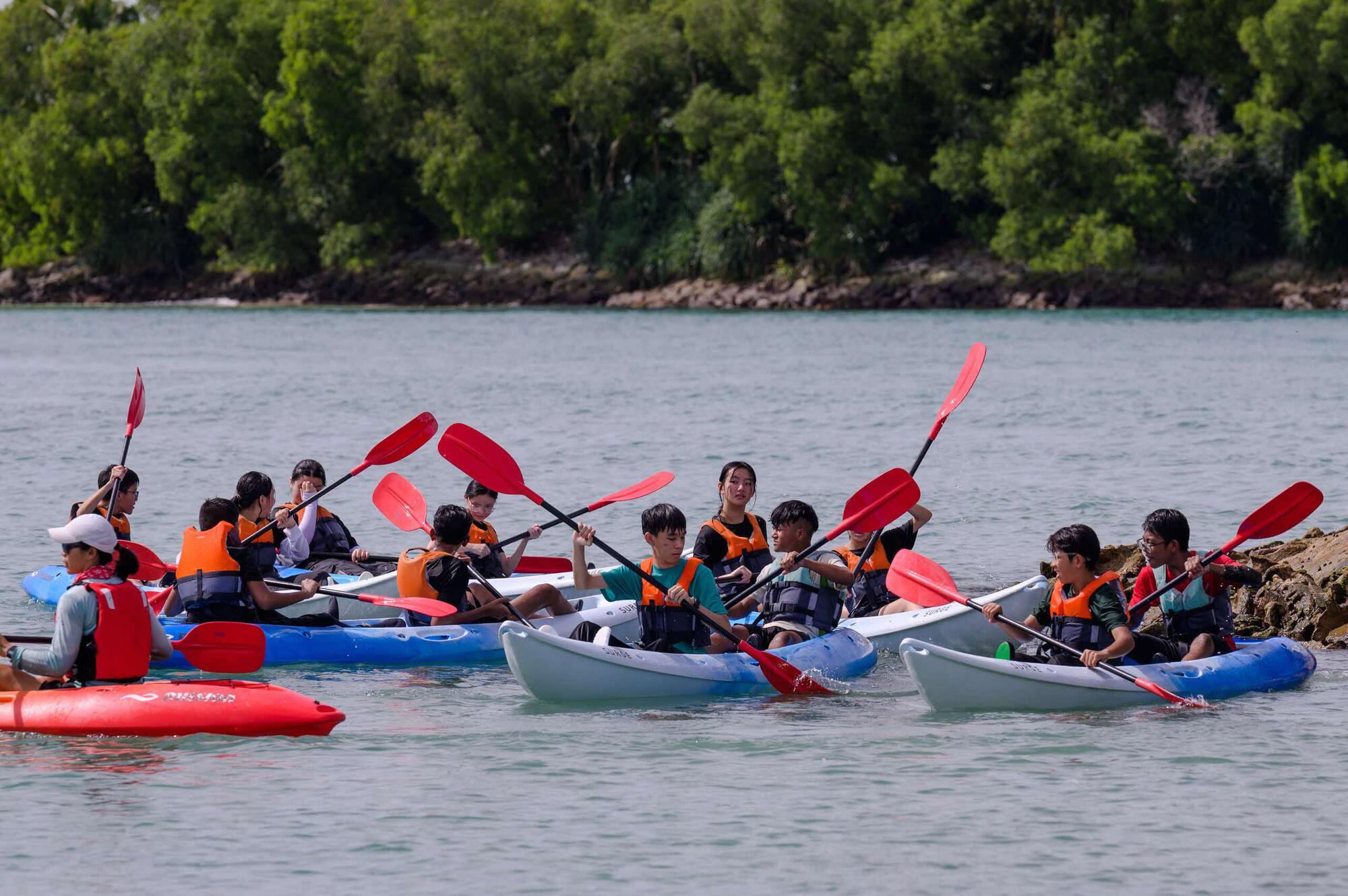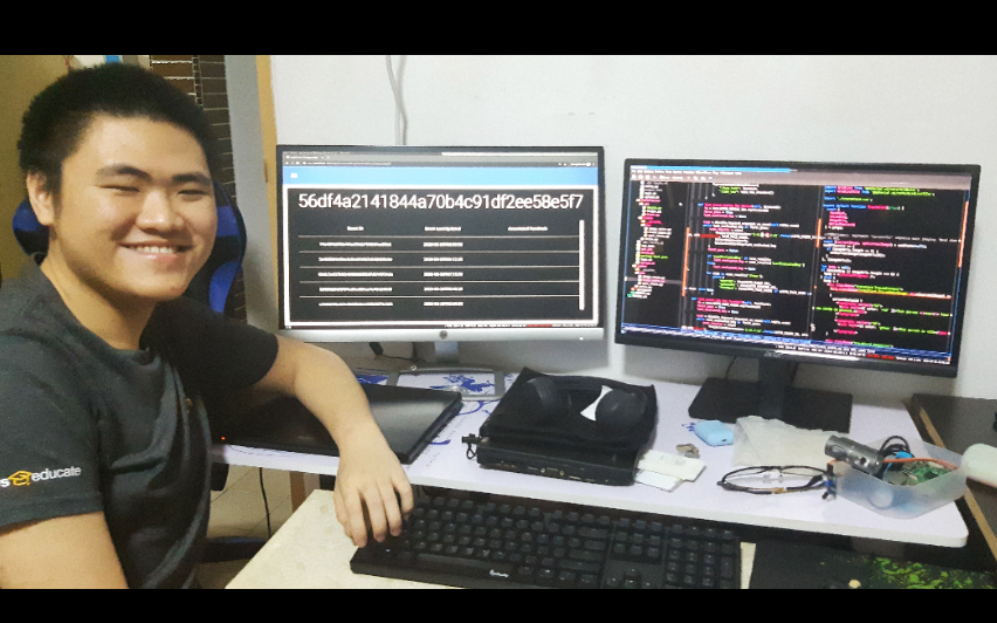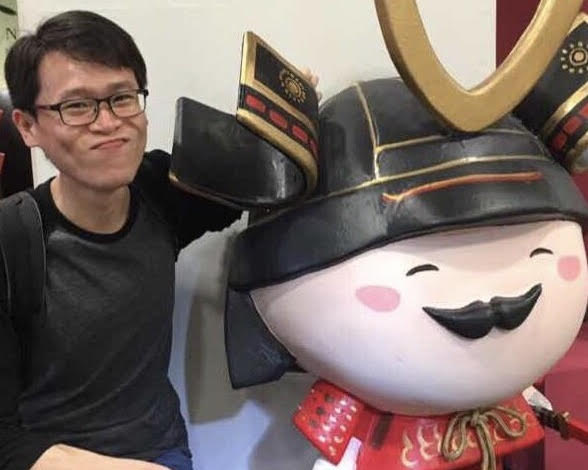Q1: How many Direct School Admissions (DSA) areas are there?
A: There are 130 categories, or ‘talent areas’, that you can apply under in the DSA exercise. These include Aerospace, Community Youth Leadership, Forensic Science, Innovation and Public Speaking.
Q2: Can my child ‘mug’ for a DSA selection interview?
The process of being selected for DSA typically involves an interview and an aptitude test. How intensely does one have to prepare for the interview?
“It’s not about rehearsing responses,” says Mdm Quek Shir Ryn, the Head of Department of Science from Bartley Secondary School. “Just be authentic.”
The school offers a DSA in Chemical and Applied Science in Fragrance, which Mdm Quek oversees. During the selection interview, the school hopes to understand the students’ interests and passions.
To this end, students can prepare by researching basic concepts related to fragrance chemistry. They can also share their prior experiences in science-related activities.
If there is any ‘mugging’ to be done, it is for your child to reflect on his own experiences, and what he is passionate about, says Mdm Quek. “Schools will look out for students who showcase a genuine interest in the talent area. We simply wish to know more about what drives you, and what you do to explore your interests and skills.
“In a nutshell, we just want to know you!”
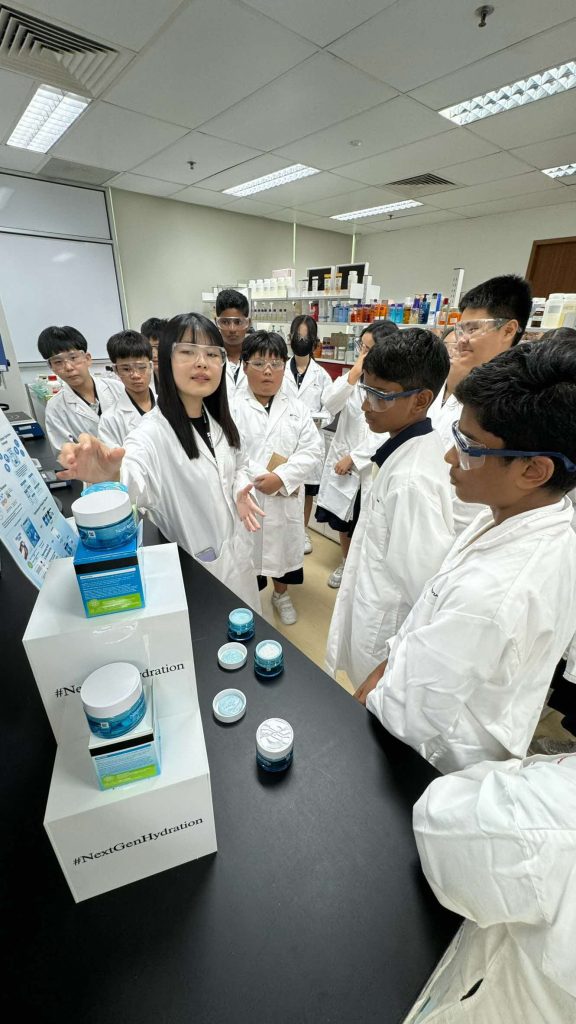
Q3: What if my child has little – or even no – experience in the DSA area?
“We have accepted students who don’t have experience in outdoor adventure activities,” says Ms Sheereen Loke, the teacher-in-charge of the Outdoor Adventure Club (OAC) from Christ Church Secondary.
The school lists Outdoor Adventure as a DSA option, and DSA students will join the school’s OAC. There are opportunities to participate in kayaking and mountaineering, sea expeditions and outdoor adventure races, among other activities.
Prospective DSA students go through a selection process that includes demonstrating how well they adapt to various scenarios.
Ms Loke stresses that students need not be fixated on building a portfolio of outdoor activities they were involved in, but to do what comes naturally when the time comes.
She brings up Secondary 4 student Lee Qin Ling who did not have much experience being outdoors when she was in Primary 6. The reason for her eventual DSA offer? Ms Loke credits Qin Ling’s eagerness to learn, and her positive attitude when going through the challenges during the selection stage.
The same dispositions are equally applicable to apply to other DSA talent areas. Selection processes usually seek to identify students willing to challenge themselves beyond their comfort zones. She concludes, “It’s not about being the best in a skill. A student’s attitude counts for even more.”
Q4: During the selection process, how does a school identify traits that are not immediately discernible, such as ‘social innovation’?
Service leadership, creative engineering, or critical social inquiry are some of the traits that schools look out for in DSA candidates. How do they do so?
At Punggol Secondary School, it offers a DSA route through Community Youth Leadership, where students take the lead to serve the needs of those around them.
Asked how the school identifies students who “truly have a heart in serving others”, Ms Jasmine Goh, Head of Department for Character and Citizenship Education, puts it simply, “It comes through evidently when they share about their beliefs and interests.”
“Students who have a passion in improving the community around them would be able to share some ideas on how they wish to contribute – no matter how small or insignificant that contribution may seems to be.”

Westwood Secondary School offers a DSA in social innovation. Mr Bob Lau, the Head of Department of Math, shares, “We try to identify the students’ level of desire in wanting to make a difference through their responses in our scenario-based interview. For instance, they may be asked to share creative ways to raise funds for a cause they are passionate about.
“This gives students an opportunity to showcase their conviction in doing good.”
Q5: How does the DSA help my child further his passion and interests?
Students will be placed in the relevant CCA to develop their talents. They will also have opportunities to participate in learning journeys and explore career paths related to their area of interest.
For instance, those who apply for Bartley Secondary School’s DSA in Chemical and Applied Science in Fragrance are placed in the CurioSTE Club. This is a specialised CCA where students learn more about Science, Technology, Engineering and Mathematics (STEM).
They also visit organisations like Scentopia Sentosa, P&G Singapore Innovation Centre and Johnson & Johnson to learn about fragrance technologies.
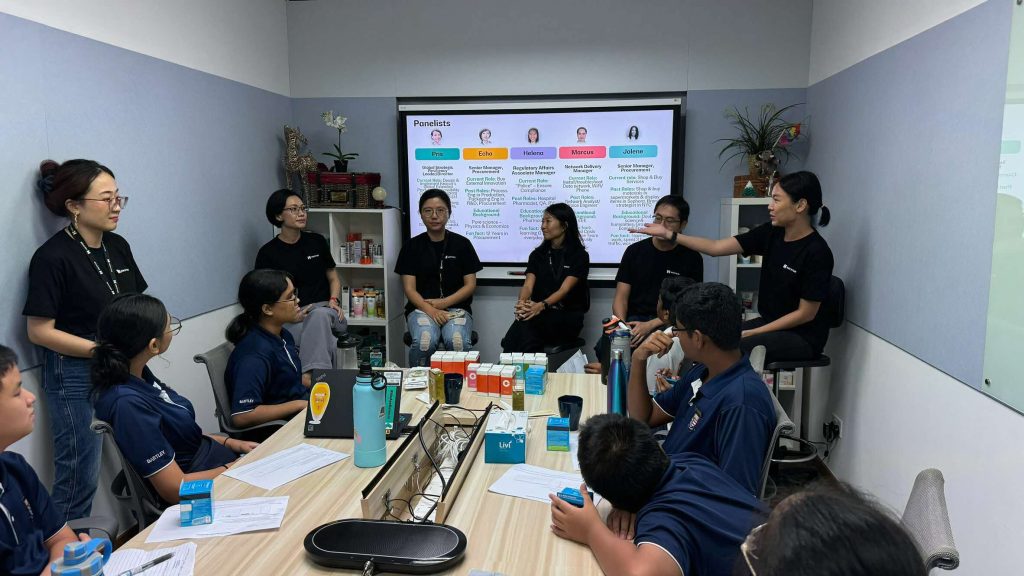
Those who enter through the Community and Youth Leadership route at Punggol Secondary will join its Interact Club. It is where they are best-placed to contribute ideas, which could include volunteering at an elderly home or an animal shelter.
What do the teachers hope students will achieve from the DSA after four years? Ms Goh summarises their sentiments as such, “At the end of the day, the DSA route is one of many ways to enrich students’ secondary school experience. It is meant to help students discover and grow their unique talents and interests!”
Find out more about Direct School Admission to secondary schools.



